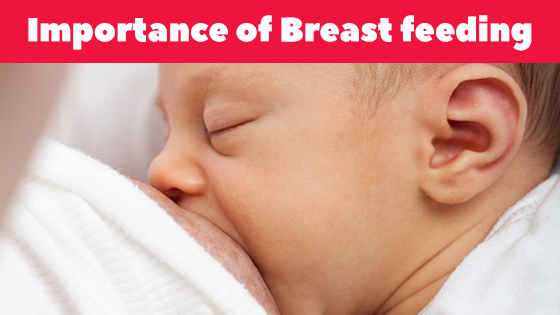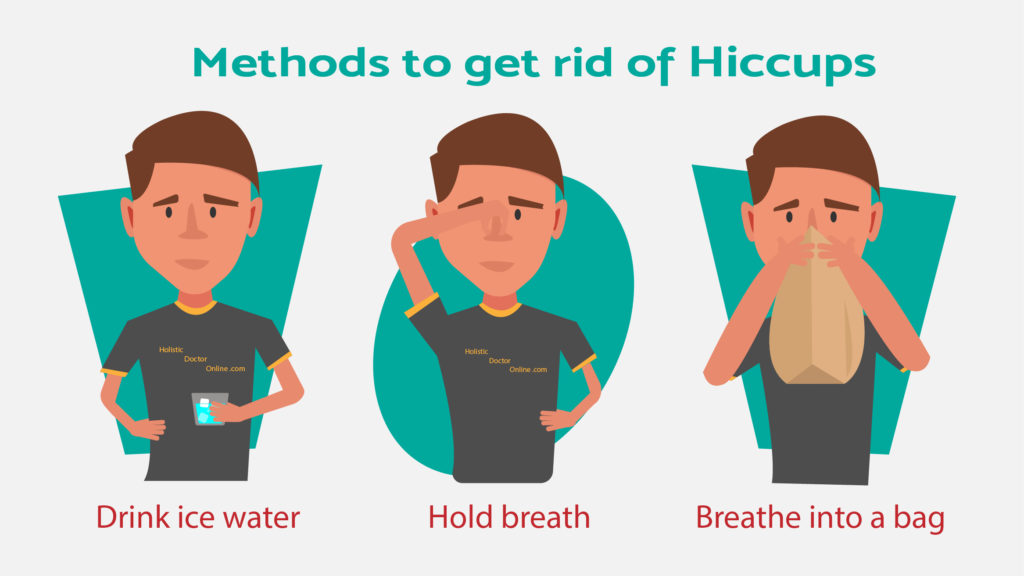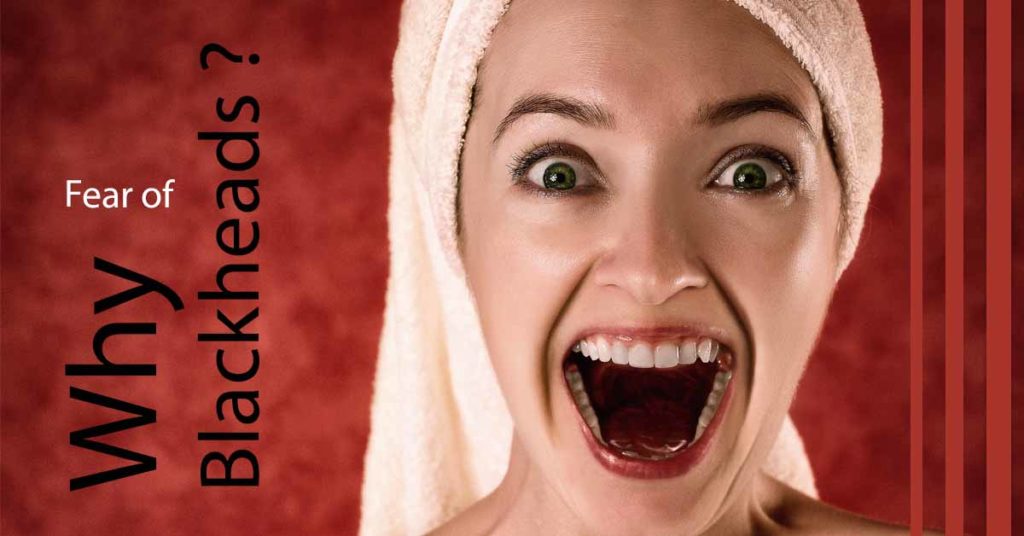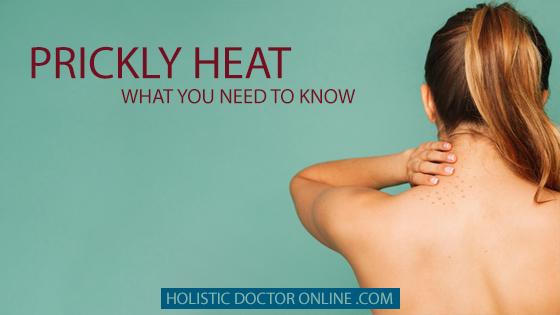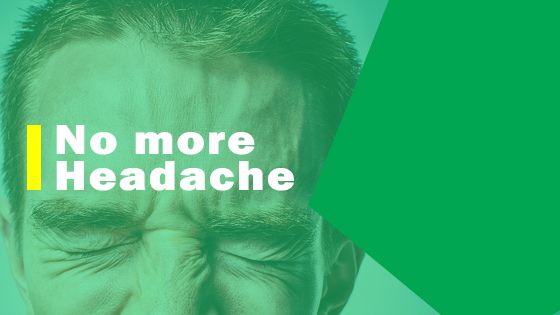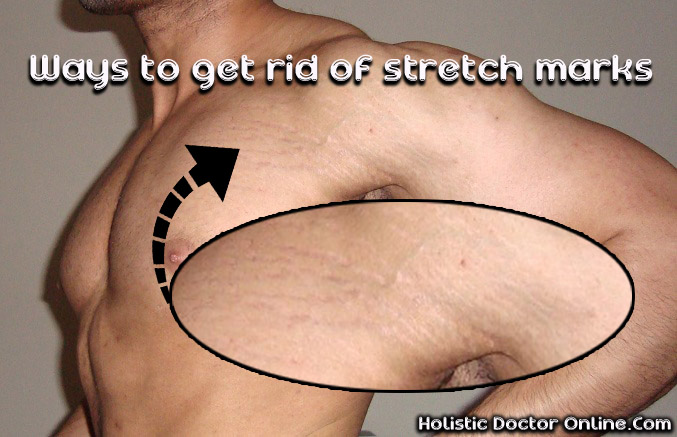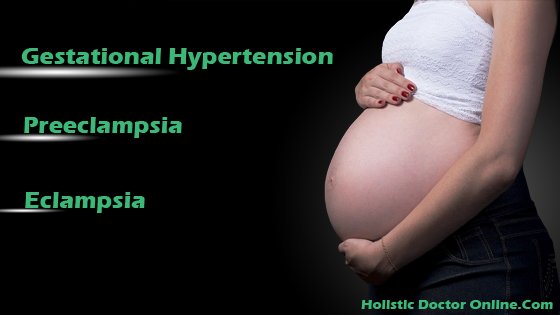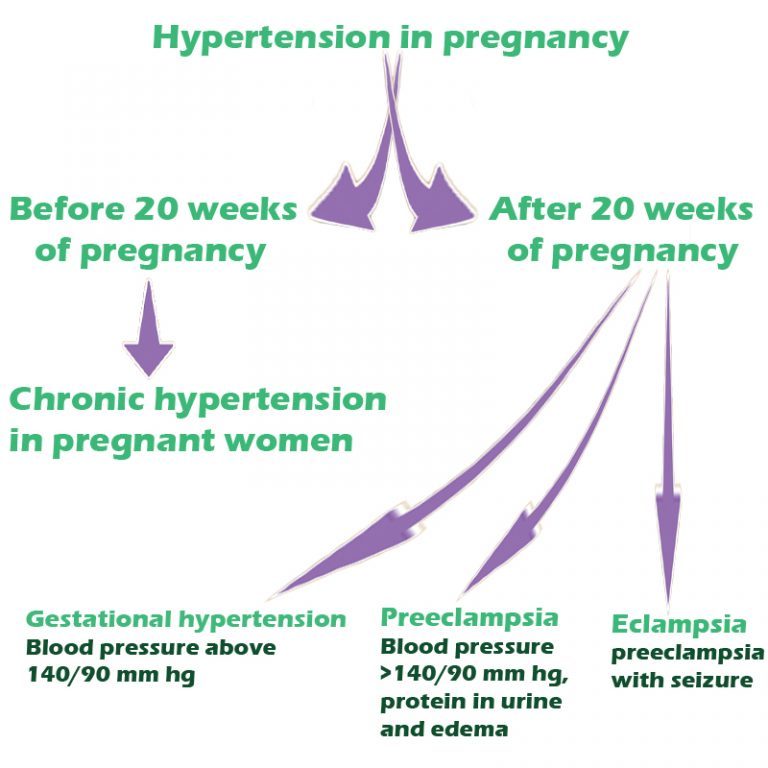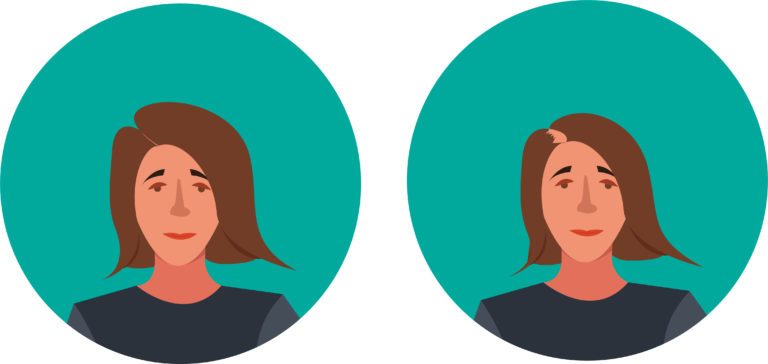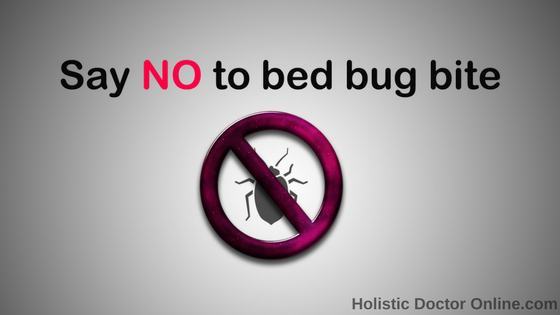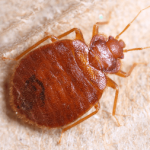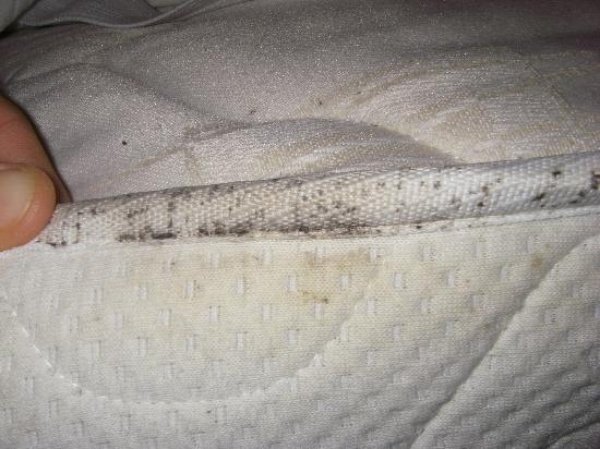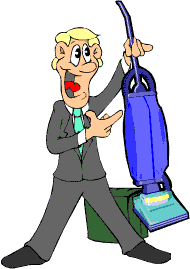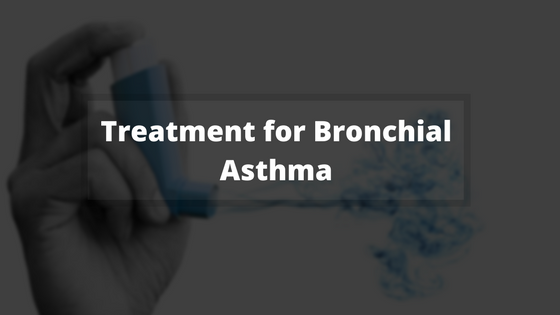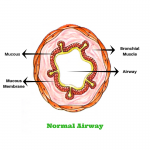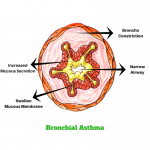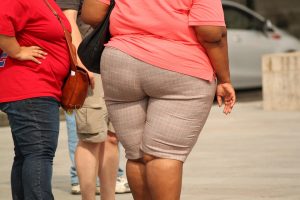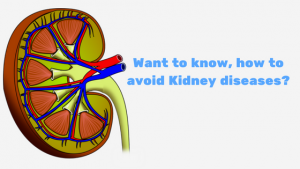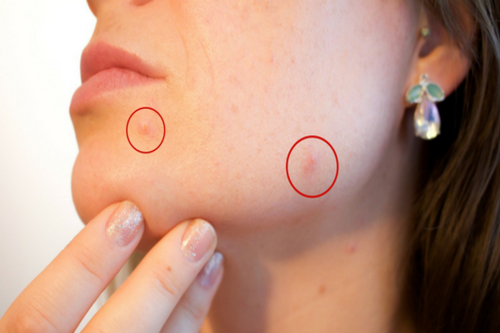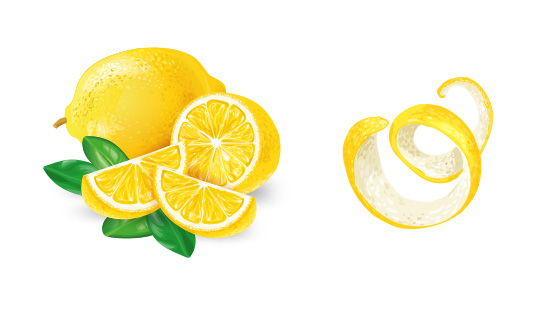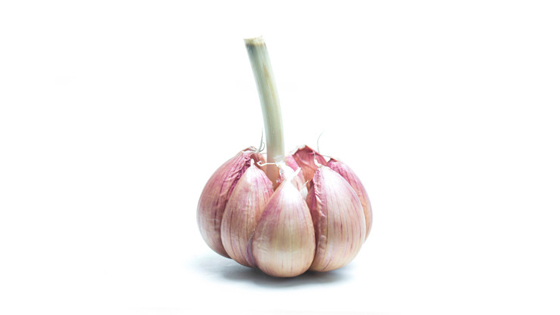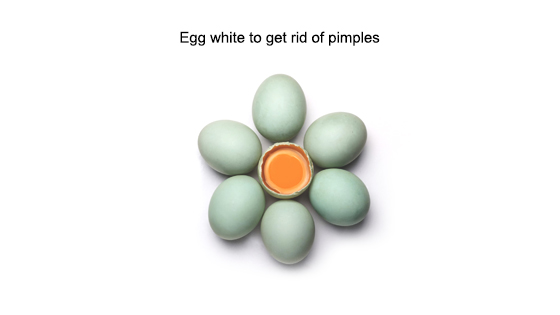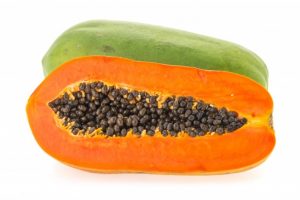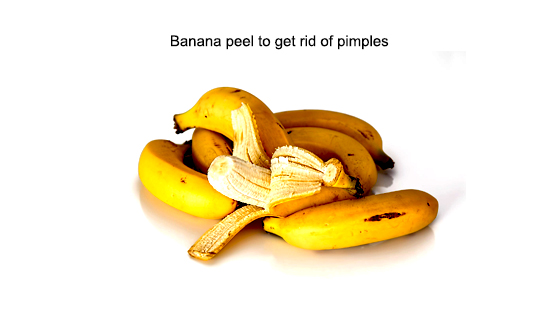
How to lose weight naturally
Obesity (gaining more weight than necessary) is one of the fast growing problems of the universe.
The causes and the ways it affects our health (complications) are discussed in our article obesity.
Taking medicines or food supplements to reduce weight for a long time may produce side effects.
After stopping the drugs there will be rebound increase in weight.
So it is better to lose weight naturally.
Here we will discuss the best methods to lose weight naturally.
Aims for Obesity treatment
Our aim of weight reduction program is to reach and maintain a healthy body weight throughout life.
Normal weight reduction programs
Normal weight loss programs involve changes in diet, increased physical activities, psychological counseling, medications and surgery.
Best ways to lose weight (Holistic approach)
People, who eat the same food and do the same exercise together to reduce weight, may have different effect because the cause of obesity, the mind set and the basal metabolic rate (BMR) varies from person to person.
So weight loss program is not just strict diet and exercise alone but a HOLISTIC approach that involves both mind and body.
Foods to avoid to reduce body weight
To reduce weight, avoid sugar, carbohydrates, fats, processed food, junk food, sweetened beverages, deep fried food, cakes and ice creams.
How to lose weight Naturally
Foods that reduce appetite: (Food that reduces carving)
Dark Chocolate: A chemical present in dark chocolate called stearic acid reduces appetite and the bitter taste signals the brain and reduces appetite.
Drinking water before meals reduces appetite.
Apples and pear contain pectin and fiber which reduce carving. Flax seeds, almonds and funnel seeds reduce appetite.
So take them daily to reduce weight.
Food that produces fullness of stomach
Green leafy vegetables, sweet potato, watermelon, cucumber and grapefruit produce fullness in stomach.
Green leafy vegetables like Brussels, cabbage, broccoli, kale, spinach, etc contain lot of fiber which is hard to digest.
Eggs and lean meat produce fullness.
These foods reduce the quantity of food taken there by reducing weight.
Apple and pear contain lots of fiber and pectin which produce fullness and reduce appetite.
Food and spices that burn and spend more calories (Fat Burners)
Green tea, Pepper, Ginger, Cinnamon, Turmeric, Cumin seeds and coffee burn more calories.
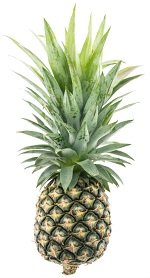 Pineapple has a chemical called bromelain which burns lots of energy.
Pineapple has a chemical called bromelain which burns lots of energy.
Coconut increases body heat (Thermogenic) and it burns more calories. So replace your cooking oil with coconut oil.
Eating curry leaves (around 10 leaves per day) helps to burn more fat.
Onion and garlic help to burn more calories. Chili pepper has capsaicin which increases the metabolic rate.
Apple cider vinegar is a good metabolic booster. Mix it with lemon juice, little pepper, little cinnamon and honey and drink it to lose weight.
Best Recipe for weight reduction
Take hot spicy vegetable or chicken soup with lot of hot pepper, onion, garlic, cinnamon, ginger and coconut oil.
Drinking hot spicy soup daily will reduce weight.
 Take green tea with cinnamon, ginger, and lemon juice. Green tea contains epigallocatechin gallate which is a good fat burner.
Take green tea with cinnamon, ginger, and lemon juice. Green tea contains epigallocatechin gallate which is a good fat burner.
Instead of plain water, boil cumin seeds in water and drink it often to lose weight.
Take black coffee with ginger, cinnamon and honey instead of soft drinks or energy drinks with lots of calories.
100 ml of coffee burns around 80 calories. So drink coffee to lose weight.
Add hot spicy curry to your meal to reduce weight. Curry contains many different spices (turmeric, cinnamon, ginger, garlic hot pepper onion etc). Hot Spicy curry is a good metabolic booster.
Lifestyle changes to reduce weight
- Avoid eating while watching TV.
- Do not sit in front of computer and TV for long.
- Avoid watching advertisements that urge you to take unhealthy foods.
- Avoid elevators and lifts but use stairs.
- Do not use motor vehicles for short distances.

Psychological aspect of weight reduction
Psychological conditions like depression, anxiety, loneliness, and mental stress, produces emotional eating (eating to soothe the emotions).
Mental trauma and stress produce high levels of cortisol in the body. This leads to weight gain.
Putting on more weight itself can cause more anxiety and stress leading to more weight gain.
Being self-confident, having a positive mental attitude, having some hobbies, joining sports, diverting the mind to exercise programs like Tai chi, Yoga, swimming etc… can relieve the problems.

Exercise relieves stress and helps to reduce weight.
If the person is obese or overweight there is a reason for it. Do not force the body to reduce weight suddenly.
Sudden massive weight loss may produce weakness and reduce the immunity and make the person susceptible for illness.
Sudden loss of weight will slow down metabolism which may lead to weight gain.
So gradual weight reduction is advocated.
Have realistic goals (gradual weight loss). This will prevent loss of confidence and depression.
Visualization and positive thinking
Visualize yourself as thin. Keep an older photo of yourself when you were thin and visualize it often.
Cheat your brain to lose weight
Use small plates for eating so that it will look full and give mental satisfaction. Eat slowly, chew every bit and enjoy the meal. The brain takes time to register fullness.
Keep healthy food like fruits and vegetable on the table on plain sight.
Keep the Junk food and other unhealthy food away from sight to avoid temptation.
Increase the distance between you and unhealthy food.
Do not skip meals to lose weight
Do not skip meals, especially breakfast.
Taking breakfast boost the metabolism in the morning. Avoiding meal will slow down metabolism which is the opposite of what is wanted (weight gain instead of weight loss).
If you skip meals the brain will imagine coming famine and goes for storage mode and weight gain.
So eat 4 or 5 small and healthy meals per day to lose weight.
Reduce eating out with friends and family to lose weight.
Going out to eat with friends and family often, make you eat more unhealthy food. Eat more homemade and natural food.
Be careful of what you eat.
Eat when you are really hungry. Drink Water in between bites.
Reduce room temperature to lose weight
Reducing room temperature to around 18-20 degrees or taking cold showers will increase brown fat in the body, which in turn spend more calories.
Treat associated diseases
Patients with obesity having hypothyroid, diabetes, hypertension and kidney disease must consult their physician and treat the conditions.
Best method to reduce weight naturally and maintain it
In The morning take black coffee with spices and honey.

Do yoga or exercises.
Have small breakfast.
Hot spicy soup before lunch with lot of pepper vegetables and spices.
Have small lunch with egg or lean meat or fish and vegetables.
Take green tea with lemon, cinnamon, ginger and honey.
Have hot spicy soup before dinner, followed by small dinner.
Drink lot of water in between.
If you follow this with regular exercise you will bind to reduce weight and maintain it throughout life.
